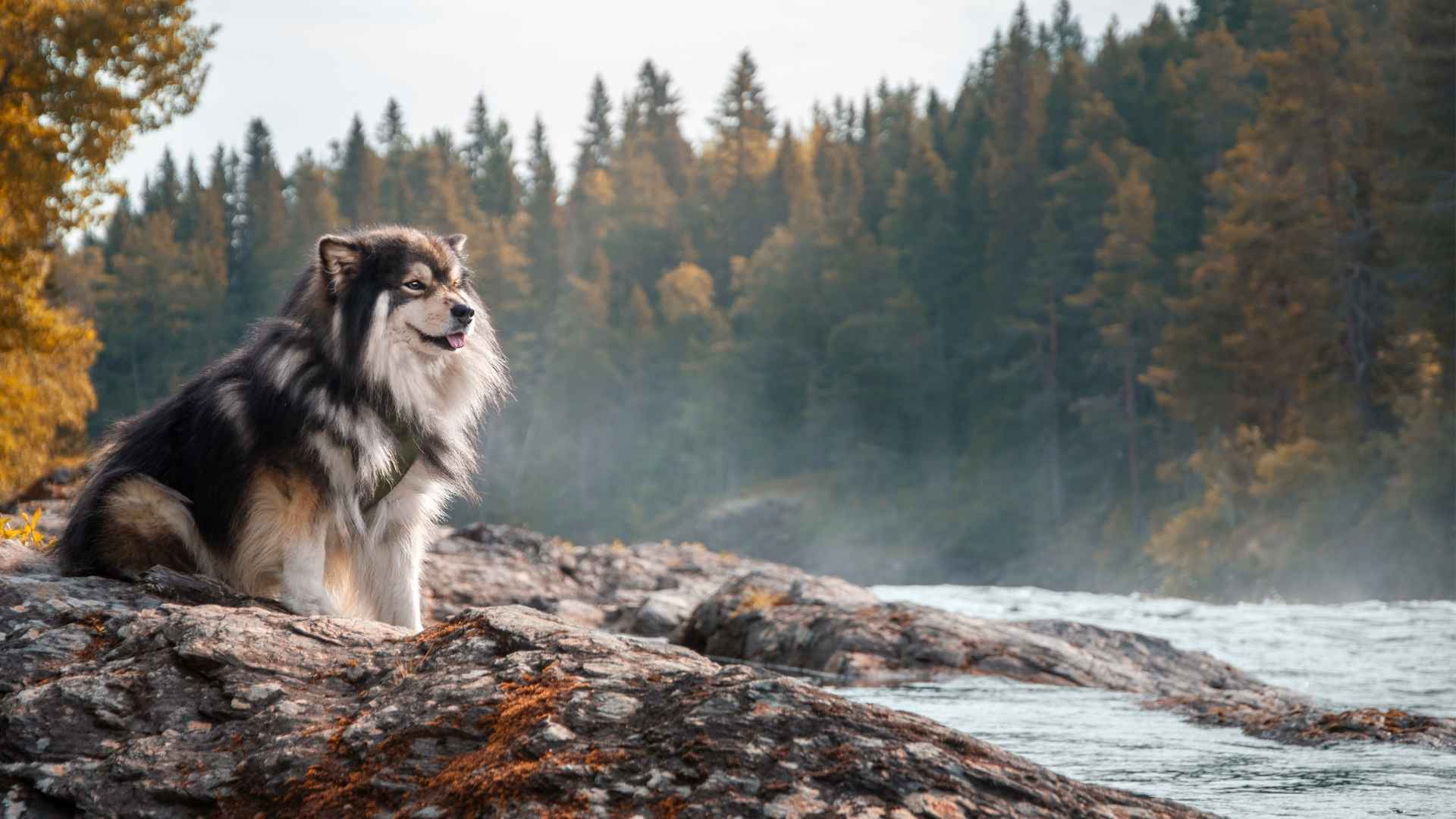You love hiking, but your dog pulls, barks, and lunges at every sound. It’s exhausting. You imagined peaceful walks, not a workout. What if your dog could just sit beside you? What if they could enjoy the silence like you do?
Some dogs actually do. Not every breed needs action all the time. Certain dogs have a natural sense of calm. They don’t react to every movement or sound. They stop, sit, and simply take in the moment.
Whether it’s beside a flowing stream or up on a quiet hill, they choose stillness over stimulation. It’s not something you force. It’s something they already carry. These breeds make hiking peaceful. They’re the kind of dogs that sit on rocks not because they’re told to, but because they want to.
In this article, we’ll introduce dog breeds that sit quietly by rivers, watching the water move and the world slow down.
Dog Breeds That Sit On Rocks Watching Rivers Flow
1. Australian Shepherd
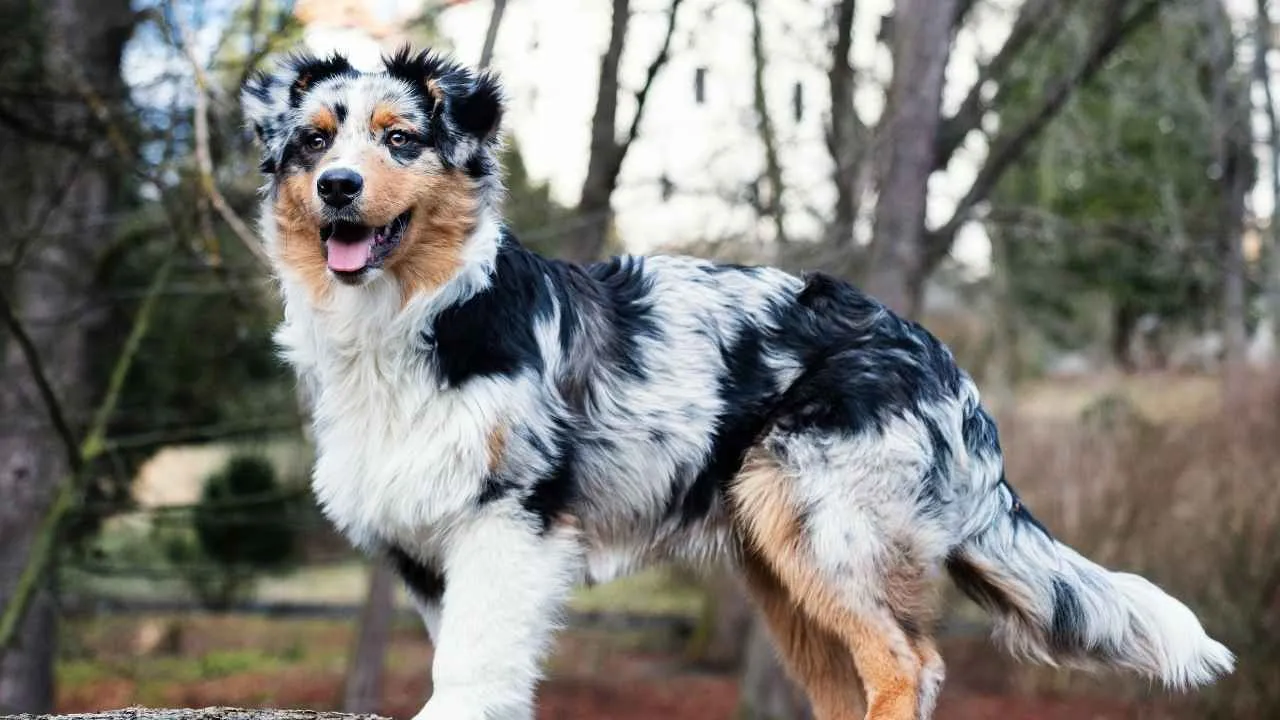
Australian Shepherds are known for their intense gaze, especially when their surroundings are still, as mentioned in the AKC. When near water or out in open spaces, they naturally pause to observe. That thoughtful stillness, often misunderstood, reflects their strong mental engagement with the environment.
Enjoyment in Unusual Moments
They find calm in unexpected settings, like perching on a rock mid-trail or sitting beside a quiet stream. It’s part of their independent thinking and needs to process movement around them. Watching rivers flow becomes a kind of mental reset for this sharp breed.

Tuned to Sounds, Stillness, and Sky
Aussies are deeply alert to subtle movements like water ripples or wind shifts. Instead of jumping at distractions, they often sit down and focus with intense interest. This meditative behavior is a contrast to their known energy, but equally real.
A Walk, Then a Pause
They love an active lifestyle, but moments of stillness during a walk are just as natural for them. Whether it’s stopping to track sounds or resting quietly on a rock, they tend to blend movement with reflection. Add some snow or flowing water, and they’re fully absorbed.
2. Siberian Husky
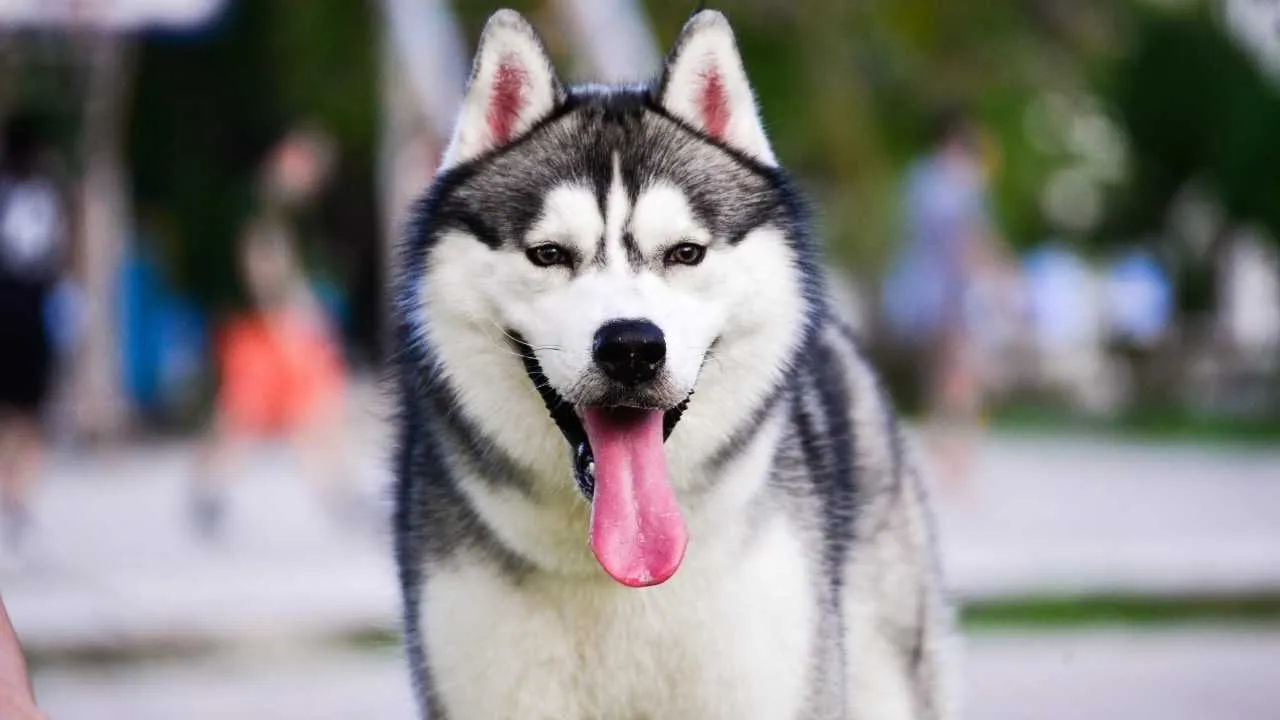
Siberian Huskies are known for being energetic, but they often take natural breaks during outdoor time. It’s common to see them sitting quietly on rocks during walks, especially near running water. These short pauses are a natural part of how they interact with the world.
Drawn to Movement and Sounds
Huskies have a strong awareness of their surroundings, especially flowing elements like water or wind. They often stop and watch what’s happening around them without being distracted. This still focus is a result of their working roots and strong environmental sensitivity.
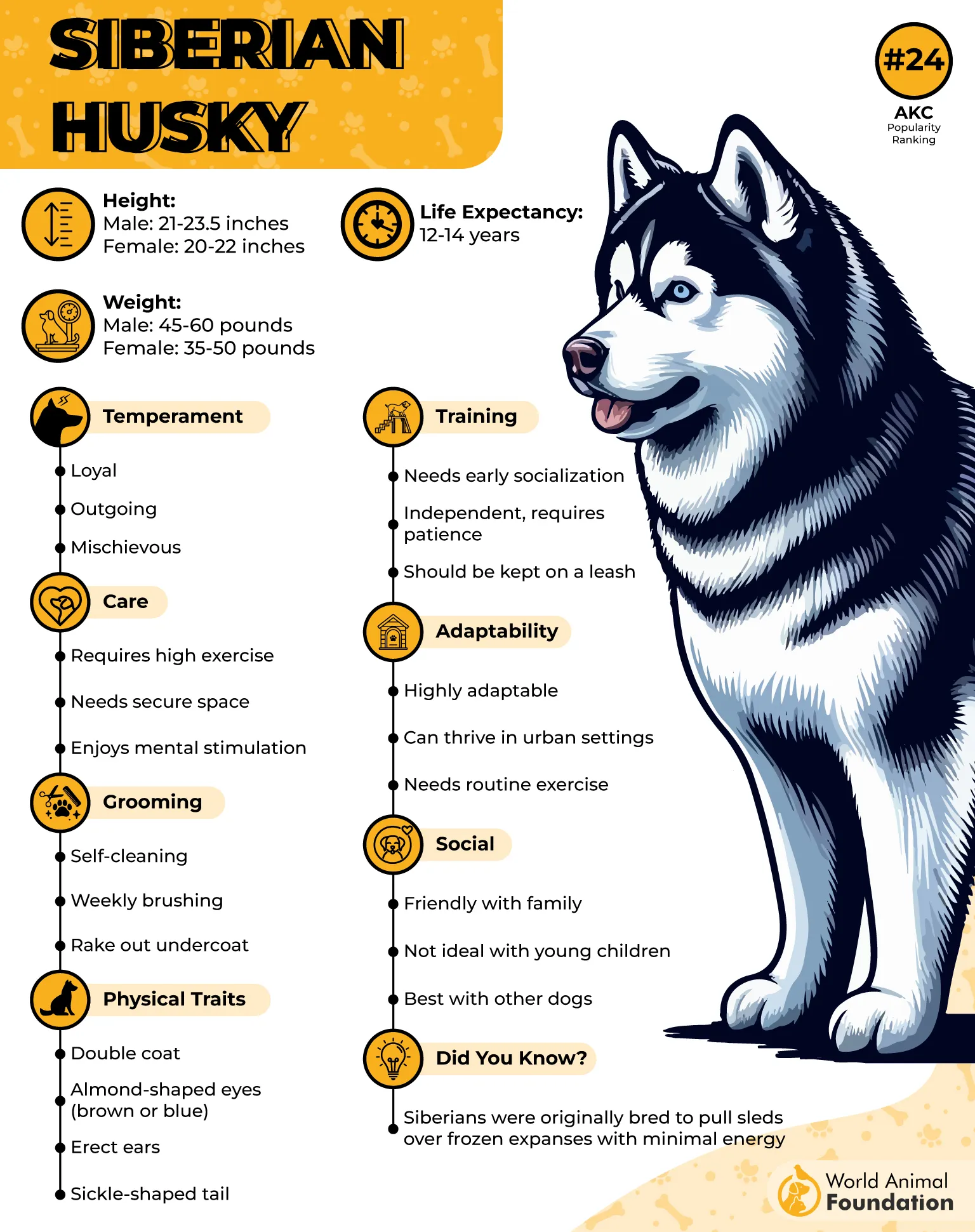
Moments of Quiet After the Fun
After running or playing, they may settle in one place and simply observe what’s nearby. The way they enjoy snow, interact with nature, and rest between bursts of fun creates a rhythm many people find peaceful. They are both spirited and observant by nature.
An Instinct for Natural Watching
Siberian Huskies often rest where they can see far ahead or near moving landscapes like rivers. It’s something that seems to happen naturally during outings. These moments of calm are as much a part of their life as their well-known love for adventure.
3. Belgian Malinois

Belgian Malinois are known for their sharp senses and strong protective instincts. They’re quick to detect anything unusual in their environment, making them standout guardians. Their vigilance is paired with impressive intelligence, allowing them to respond instantly to commands and changes around them.
Energetic by Nature
These dogs thrive on movement and activity. Whether it’s agility training or outdoor games, they stay at their best when physically challenged. Their drive and stamina make them suitable for experienced owners who can match their active pace and training needs.
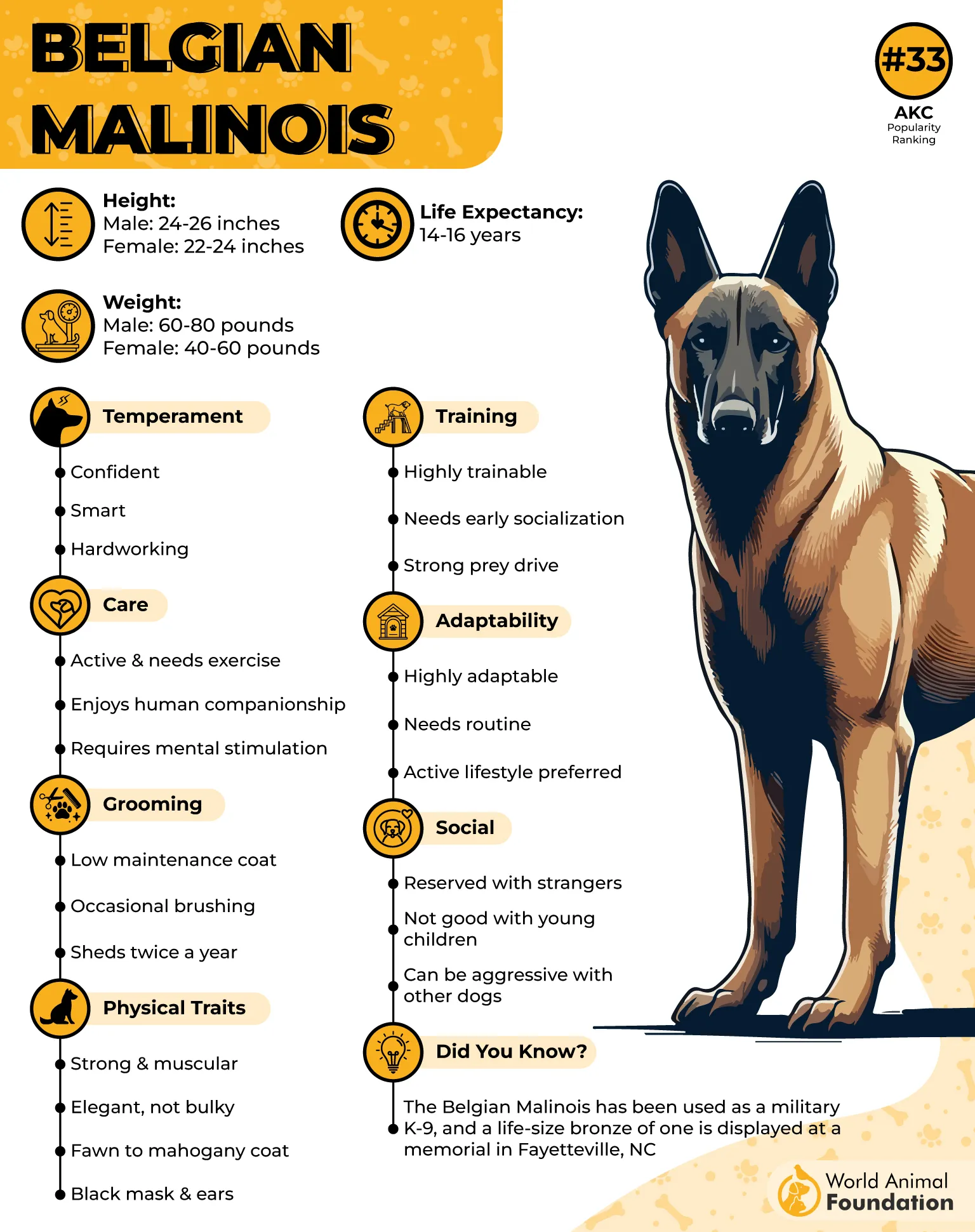
Loves Mental Tasks
Mental stimulation is just as important for this breed as physical exercise, as stated in the PetMD. They enjoy tasks that challenge their minds — puzzle games, advanced training routines, or search activities are perfect. Their strong work ethic and quick learning style keep them engaged throughout the day.
Confident Around People
When raised in a stable environment, Belgian Malinois are confident and comfortable around their human companions. They can build strong bonds and enjoy being around family or trusted friends. Their loyalty and sense of duty stand out in both home and professional settings.
4. Vizsla

Vizslas are active hunting dogs, but they often settle down during calm outdoor moments. It’s common to see them stop at high ground or rocks near water and stay still. These focused pauses show how they stay mentally engaged without constant motion.
Tuned to Shifts in Nature
Their vision and attention are strong enough to catch small movements across wide spaces. Even a ripple or breeze can hook their focus, making them stop and study without needing a command. This stillness is not trained but deeply instinctive.
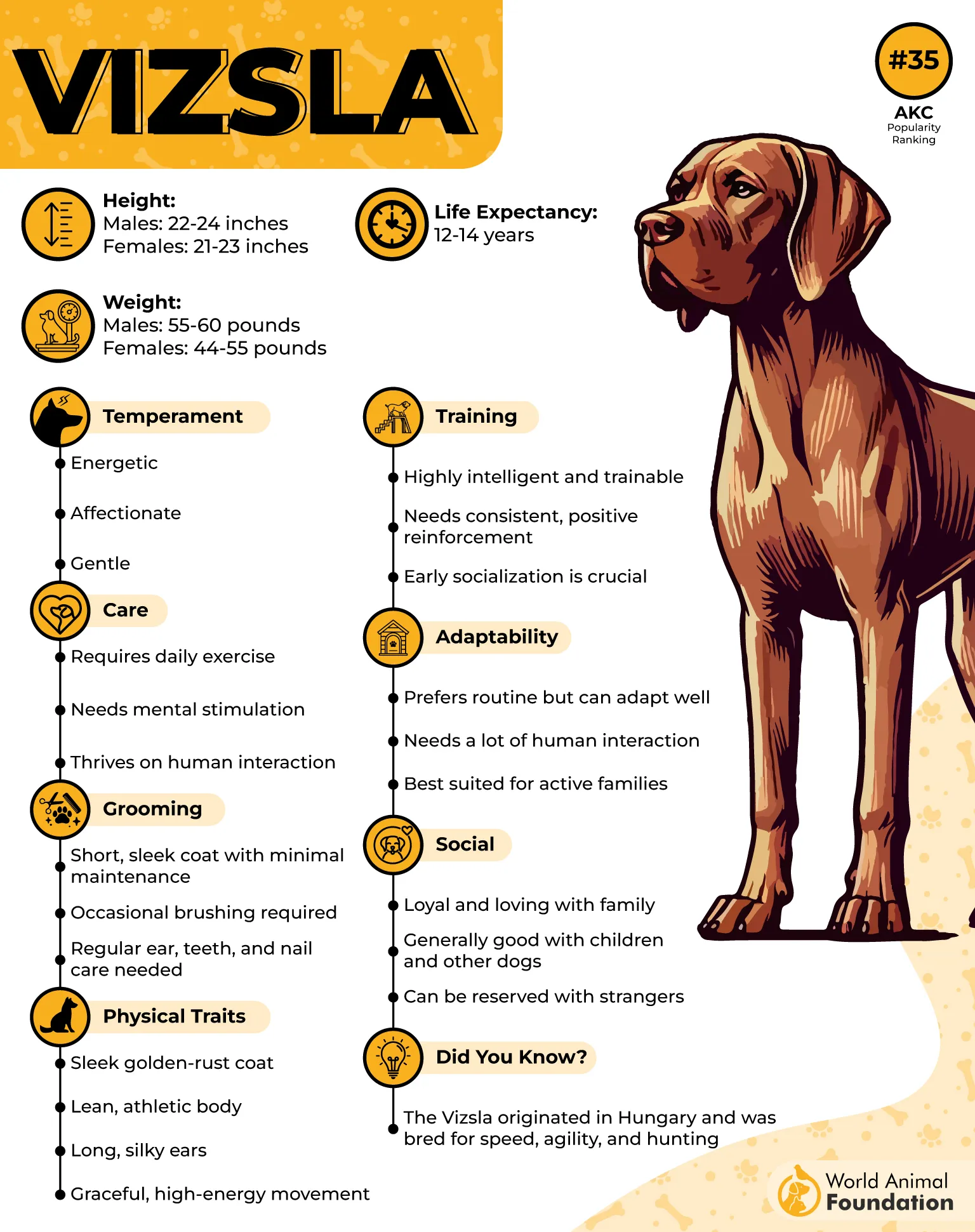
Evenings That Invite Stillness
In cooler hours or during a night walk, Vizslas often become noticeably calmer and more observant. They enjoy the sounds and shapes around them, especially near rivers or woods. Their body rests, but their mind keeps tracking what might happen.
A Natural Sense of Awareness
Originally bred for pointing, Vizslas still show the same alert posture when sitting quietly outdoors, as mentioned in the Britannica. Their pause is often a cue — a natural hook into their surrounding landscape. The way they watch and wait often reflects their heritage more than commands do.
5. Weimaraner
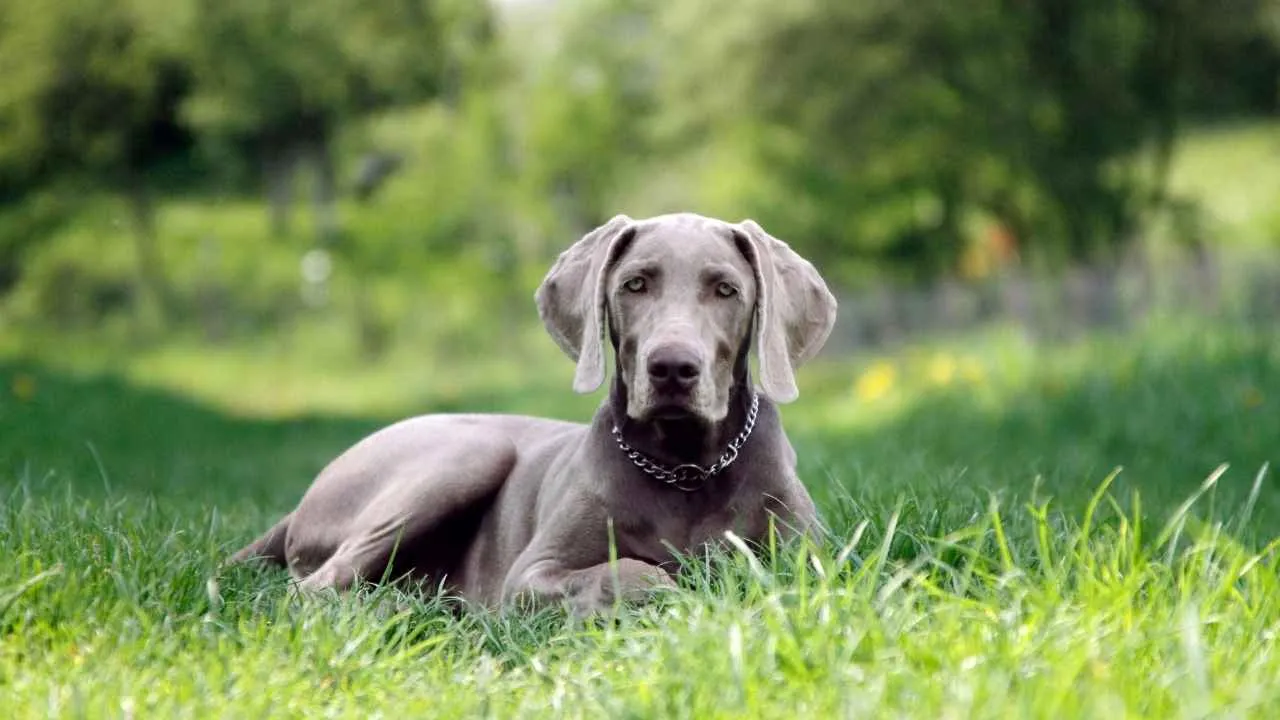
Weimaraners are known for their sharp gaze, and when near water or in quiet places, they often pause and watch with clear focus. It’s not unusual to find one sitting on a rock as if observing the rhythm of the world. These moments reflect how naturally alert they are.
Reading the Landscape Around Them
This breed was developed to hunt with humans, so they read the environment with precise attention. A rustling tree, moving water, or a distant scent can hold their gaze longer than expected. Their reactions are often shaped by intention rather than just curiosity.

Energy That Comes with Control
They have intensity in how they move, but also in how they stay still. Resting near a stream or field is often part of how they mentally reset during walks. That contrast between motion and quiet creates a balance that defines their temperament.
Alone but Still Aware
Even when left to sit quietly, their posture remains upright and focused. It’s part of their design — they wait, listen, and observe like they’re gathering information. Sitting beside rivers becomes a natural extension of their well-trained instincts.
6. German Shorthaired Pointer

German Shorthaired Pointers are highly focused dogs that often pause during outdoor time to scan their surroundings. This behavior becomes especially noticeable near rivers or open fields. Their heritage as hunters gives them an instinct to stop, track, and wait without being told.
Comfortable on Elevated Spots
It’s common to see this breed perched calmly on rocks, even during active outings. They seem to prefer resting at a slight elevation where they have a clear view of everything happening around them. It aligns closely with how they are trained to spot movement from afar.

Patience Before the Movement
Though full of energy, they show patience when observing natural activity like water flow or birds nearby. They quietly fixate before reacting, especially when on trails or near open terrain. This quiet moment often becomes one of their most striking outdoor behaviors.
An Outdoor Rhythm That Includes a Pause
Their balance of movement and stillness makes them stand out during long walks or hikes. You’ll often see them rest mid-activity, quietly watching before jumping back in. That mix of awareness and poise reflects their strong field instincts and environmental focus.
7. Alaskan Malamute
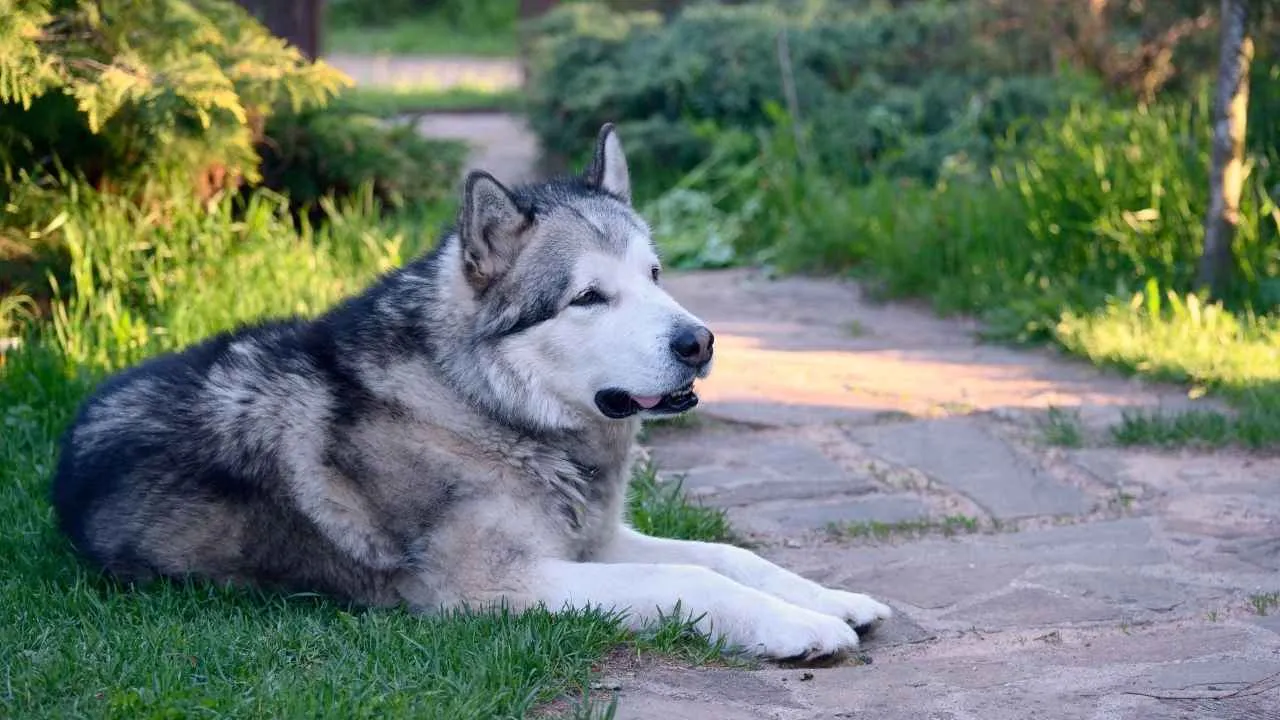
Alaskan Malamutes often take natural pauses during hikes or outdoor time, especially when surrounded by open scenery. These resting moments are typically spent observing their environment from a slightly raised spot. Watching water, sky, or distant movement comes naturally to them.
Drawn to Heights and Flowing Landscapes
They have a tendency to sit on elevated ground, such as boulders or snowbanks, during outings. This behavior is often linked to their deep connection with natural surroundings. It reflects a working breed’s instinct to stay aware of distant sounds and motion.
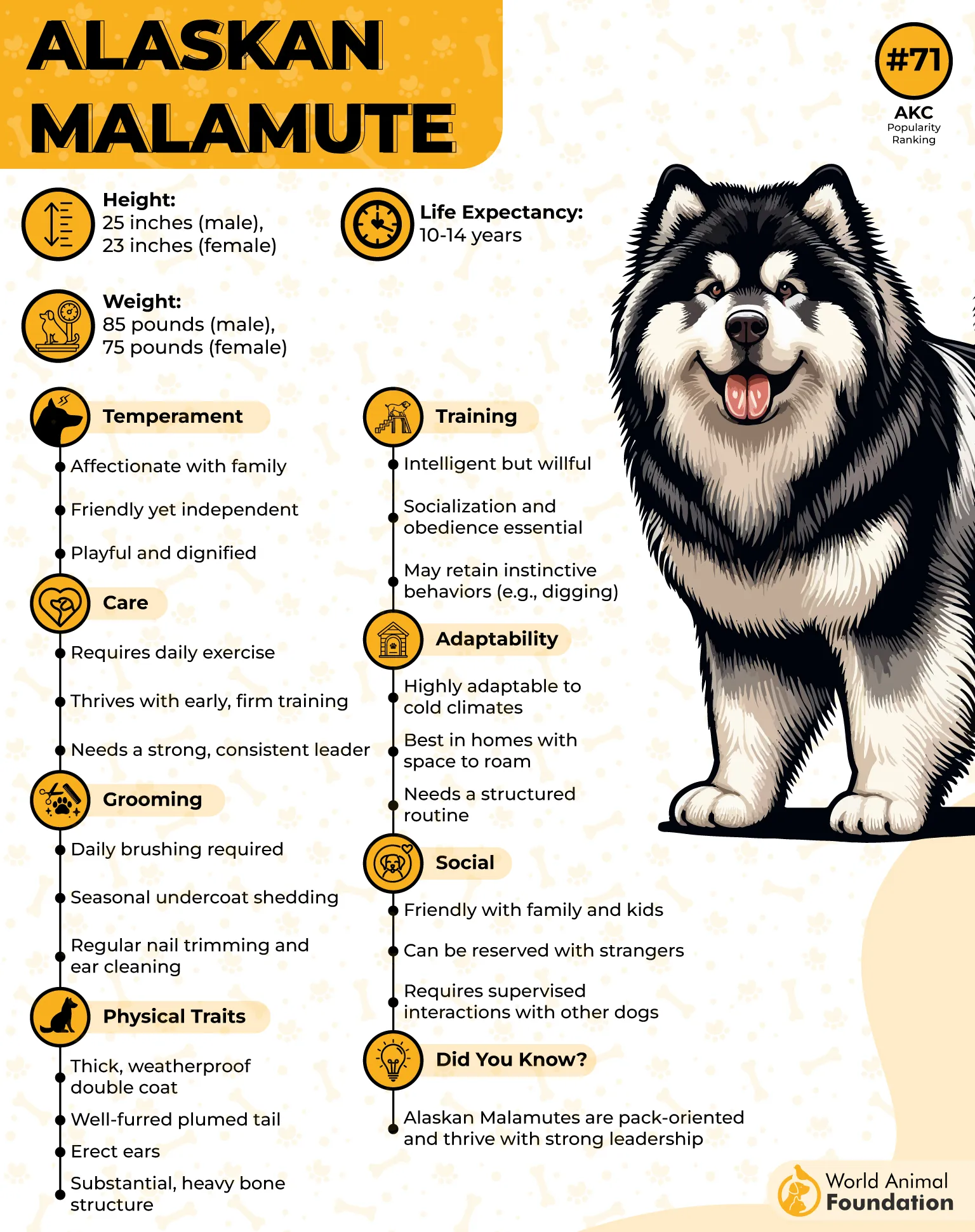
Calm Balance Within a Strong Frame
Though powerful and physically active, Malamutes regularly display quiet, centered moments that seem intentional. They may sit for long periods, completely focused on what’s ahead. Their alert posture during such moments makes them appear still but engaged.
Silent Interaction with the Outdoors
Their patience in observing slow-moving rivers or the stillness of snow-covered ground is a behavior seen in calm environments. It happens most often during longer trails or quiet breaks. These moments showcase how closely this breed connects with nature’s rhythm.
Conclusion
Not every dog needs to be moving to be alive. Some breathe slow, sit still, and take it all in—like they were made for these quiet spots.
The ones that rest on rocks often surprise us with how much they notice. Their eyes move with the river. They don’t miss a sound. They sit beside you, not out of training, but trust. Some are fishing dogs, others just love swimming.
Whether you’re drawn to affordable dog breeds or searching pictures of mixed breed dogs, calm is something you feel, not force. Shelter dogs can bring it. So can the cheapest dog breeds.
They’re not afraid to be still, not needing constant food or fanfare. And if you ever wonder what peace looks like, look beside you. It’s probably already there.


